49 Telehealth Statistics & Telemedicine Trends
Telehealth statistics show that the use of virtual care is 38 times higher than before the COVID-19 pandemic.
.avif)
Top 10 Telehealth Statistics
- 37% of people over 18 relied on telemedicine within the last year.
- In 2021, telehealth was used by 13% to 17% of American patients.
- By the year 2023, the telehealth industry is expected to climb to $194.1 billion in market value.
- The use of virtual care is 38 times higher than before the COVID-19 pandemic.
- The number of people over 18 that have used telemedicine increases as they got older, beginning with 29.4% of adults between 18 and 29 years of age to 43.3% for adults 65 and above.
- The use of telemedicine rises as people get older and is highest with women, making up 42% in comparison to men at 31.7%.
- 39.2% of white non-Hispanics and 40.6% of Native American non-Hispanics are more likely to rely on telemedicine in comparison to Hispanics, at 32.8%, African Americans at 33.1%, and 33.0% of Asians.
- 40.6% of Indigenous non-Hispanic Americans are more likely to rely on telemedicine than African Americans, Hispanics, and Asians.
- The number of people using telemedicine rises with their level of education, making up 28.7% of people over 18 that haven't finished high school and 43.2% of people with at least a college degree.
- The number of people trying out telemedicine changed based on region and decreased by 50% in some urban areas in comparison to rural areas.
General Telehealth Statistics
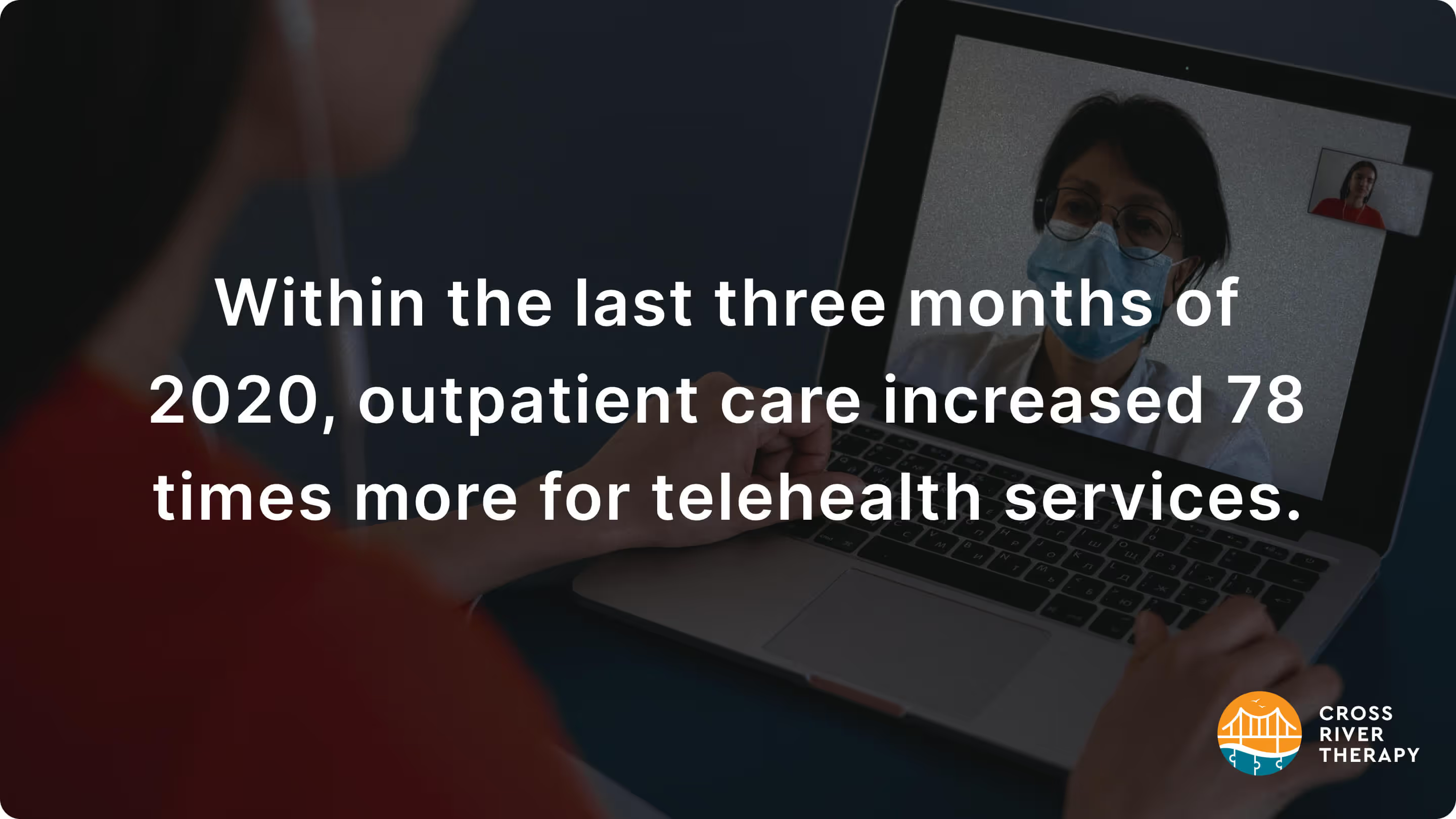
- Within the last three months of 2020, outpatient care increased 78 times more for telehealth services.
- The number of people over 18 that have tried telemedicine is close to the amount of those living under the poverty level, who make up 33.1% of the total. This includes 32.1% of people that are living above the poverty line, which rises to 40.7% as family income becomes greater.
- 40% of people living in the northern states and 42.4% of people living in the western states have a higher chance of using telemedicine than 33.3% of adults based in the Midwest and 34.3% in the South do.
- 40.3% of adults living in urban environments relied less on telemedicine than non-urban-based adults do, who make up 27.7% of those that don't.
- About 93% of doctors' patients disclosed that they're interested in using telemedicine as a way to manage their prescription medications.
- 91% of people claim that telemedicine can help them keep up with their doctor's appointments, maintain their refills, and follow various protocols recommended by their doctors.
- The use of telemedicine lowered the rate of ICU deaths by 13.8% before the use of it became widespread, which was 11.8% prior.
- Out of 670,155 people that participated in a recent survey, 23.1% of them reported using audio and video telehealth services within the last month of the study. 19.7% of people living with children used telehealth services in the last month.
- Almost 1 out of 4 people over 18 had an appointment with a medical professional by phone or video chat in the last month.
- Profits in telehealth services are forecasted to climb to $559.52 billion by the beginning of 2027.
- In a survey conducted in early 2020, there were 154% more patients setting up applications for telehealth services than what was done at the beginning of 2019. The peak for 2020 climbed to 200 million patients.
- In 2020, the worldwide telehealth systems for monitoring patients with wearable devices reached $16.6 billion in market size 2020. The compound annual growth rate from 2021 to 2028 is anticipated to rise by 26.8%.
- The software and fitness market for telehealth services is expected to increase in market size to $14.7 billion in 2026, with a compound annual growth rate of 23% over seven years.
- Researchers in the field of psychology report that the number of Americans claiming to use telehealth services for mental healthcare rose from 49% to 59% between 2020 and 2021.
- In 2019, the telehealth industry had a value of $49.9 billion.
- By the year 2023, the telehealth industry is expected to climb to $194.1 billion in market value. By 2030, it'll be $459.8 billion.
Telehealth Trends Before & After COVID

- Telehealth services began as early as 1879 through the use of rudimentary telephones.
- Before the COVID-19 pandemic, 43% of patients participating in a survey didn't know if telehealth services were given by their familiar healthcare providers.
- In the 1920s doctors routinely diagnosed patients on radio broadcasts.
- The first video communication between patients and doctors occurred at the University of Nebraska in 1959.
- Compared to the same time in 2019, telehealth visits increased by 154% in the final week of the first quarter of 2020.
- In 2021, 1 out of 4 respondents in a recent survey, 23.1%, reported using telehealth services in the last four weeks.
- The use of telehealth services was the same for most demographics, but lower for 9.4% of people without health insurance and 17.6% of young adults.
- 29.8% of people with Medicaid and 27.4% of people with Medicare relied on telehealth, making up some of the highest rates of visits.
- 26.8% of Black Americans and 26.7% of people making less than $25,000 in annual income have telehealth visits in 2021.
- 72.5% of young adults between 18 and 24 have a greater number of visits that relied on video telehealth services, while 68.8% of people making up to $100,000, 65.9% of people with private insurance, and 61.9% of whites did the same.
- Video telehealth rates were less likely for people without a high school diploma, listed at 38.1%, 43.5% of adults older than 65, 50.7% of Hispanics, 51.3% of Asians, and 53.6 of African Americans.
- Even with an increased reliance on telehealth at the height of the COVID-19 pandemic, use has dropped since 2020, which has 52% of doctors' visits taking place through video and voice chat. Since then, the amount has decreased to 11%.
Global Telehealth Stats
- In 2019, the act of taking appointments, making prescription requests, seeing test results, and getting summaries of visits online was highest for the countries Swedish, at 58%, and the United States, at 58%.
- The beginning quarter of 2020 in America had a 154% rise in telehealth service usage.
- In Asia-Pacific, health insurers have a 52% rise in the number of telehealth visits in 2020. Before the pandemic, it was only 4%.
- In Ontario, Canada, telehealth usage before the COVID-19 pandemic was only 11 visits for every 1,000 patients living in rural areas, and 7 visits for every 1,000 patients living in urban areas. After the height of the pandemic, telehealth visits increased to 147 for every 1,000 rural patients and 220 per 1,000 patients in an urban area.
- In a German study involving 2,720 people, 57.4% of doctors, 63.8 of nurses, and 70.9% of various medical employees thought telehealth during the COVID-19 pandemic was high in its level of impact throughout the medical field.
- The telehealth industry is predicted in India to have a 31% rise between 2020 and 2025.
- Since early 2020, web users relying on telehealth in Indonesia have risen by 101% from the amount listed in 2019.
- In a recent 2022 poll done in the United States, 38% of clients had care done by using telehealth applications. This is lower compared to 2021, which was 48%. However, it remains higher percentage-wise than it was before 2020. Researchers predict that telehealth will be a common alternative service for people that don't want to visit a doctor in person. In 2025, over 43% of the American population will regularly use telehealth applications.
- The United States is the pioneer in telehealth progress, though it has shown to be a worldwide trend with 70% of Scandinavia 53% of Spain, and 41% of Danish healthcare providers implementing telehealth for the treatment of mental care.
Telehealth Stats By Health Service
- In a recent survey, 69% of the respondents said that they would use telehealth for reporting, diagnosing, and treating general infections and illnesses such as the flu, common cold, pain, and inflammation.
- 66% of people in the survey said they would use telehealth to carry out additional doctor visits.
- 49% of the respondents said that telehealth services would be used by them for therapy discussions with a doctor, therapist, psychiatrist, or psychologist.
- 44% of the respondents said that telehealth would be useful for managing recurring or chronic conditions, such as pain and unusual illnesses.
- 24% of the people in the survey said that they would use specialist visits over telehealth applications.
- 18% of the respondents claimed that physical therapy would be done through telehealth.
Telehealth Satisfaction Stats
- In one survey, 42% of the respondents that received telehealth services were extremely satisfied with their experience.
- 36% of people said that their telehealth experience was somewhat satisfying.
- 16% of the respondents felt neutral about their time relying on telehealth services.
- Of those surveyed, 4% of them felt dissatisfied with the entire telehealth experience.
- 2% of respondents were extremely dissatisfied with using telehealth.
- In a survey of doctors that relied on telehealth services for their patients, over 60% of them feel that telehealth is simple to use for their practice, in both suburban, rural, and urban localities.
- Over 50% of physicians feel satisfied with the work they do with telehealth applications.
- 68% of doctors said that they would like to use telehealth services more often in their profession.
- 76% of patients that used telehealth would like to keep doing so in the future.
Cost
- An average of $1 to $30 in out-of-pocket fees were paid by 62% of the respondents in a survey for every telehealth visit they had.
- For 60% of respondents, Medicare covered all the costs for their telehealth services with every visit.
- In another study, the savings for patients with access to telehealth started at $19 and went up to $121, primarily by not going on trips to the emergency room.
- Investments in telehealth were highest in the first quarter of 2021, climbing to $4.2 billion at that time. This is twice the amount that was reported in 2020, $2.2 billion during the same quarter.
- Telemedicine machines cut savings by 11% and a $3.30 return on investment for each dollar spent in beginning their usage.
FAQ
How many people currently use telehealth?
In 2021, telehealth was used by 13% to 17% of American patients when visiting clinics, hospitals, therapy centers, and other related localities in the medical field.
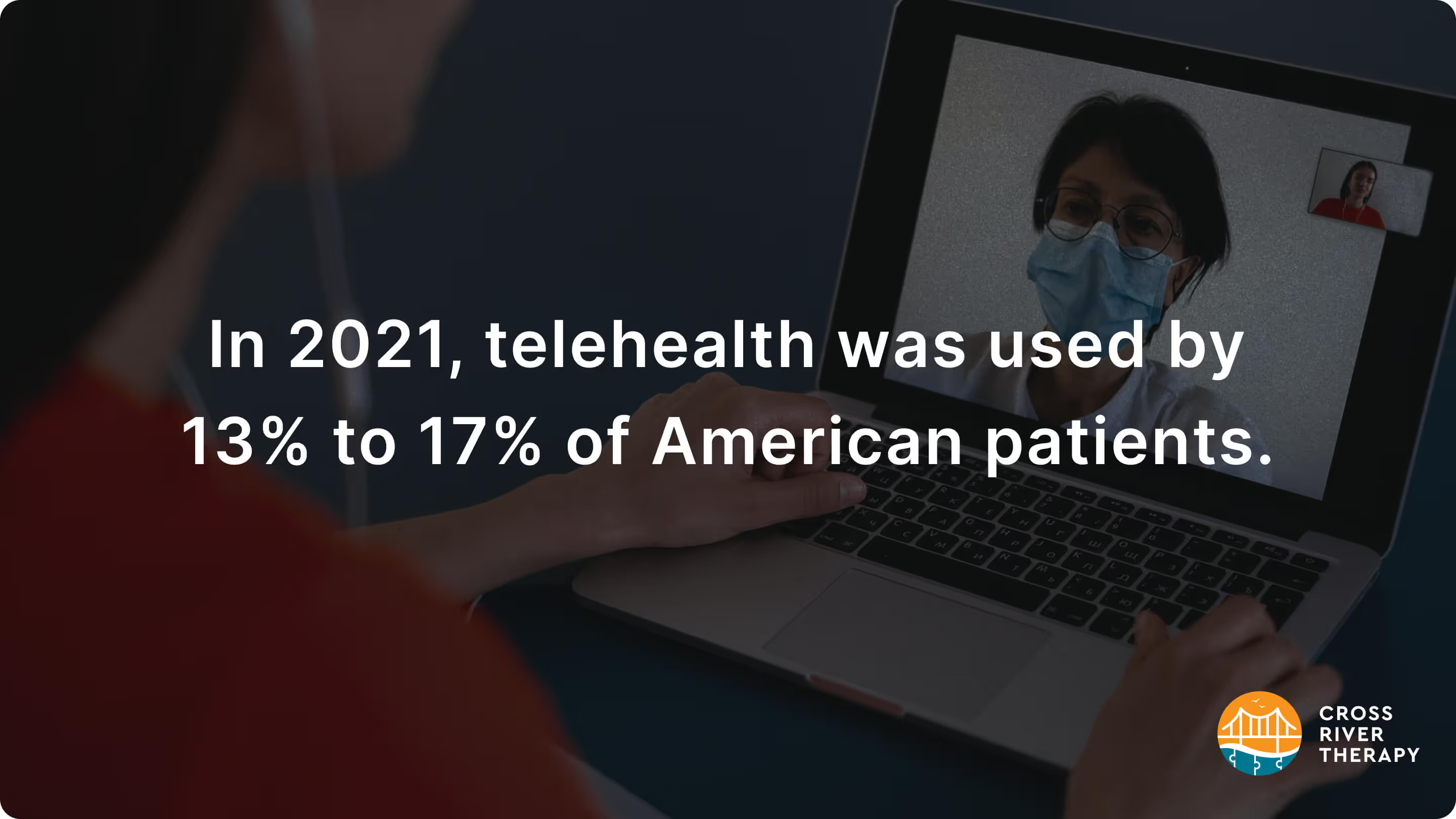
How much has telemedicine increased since COVID?
- Based on information obtained from the Centers for Disease Control, in the first quarter of 2020, the number of telehealth visits rose by 50% from the previous year.
- Before the COVID-19 pandemic, telehealth trends were 38 times lower than they were during the pandemic's height.
How long is the average telehealth visit?
The length of a telehealth visit is anywhere between 13 and 15 minutes, on average.
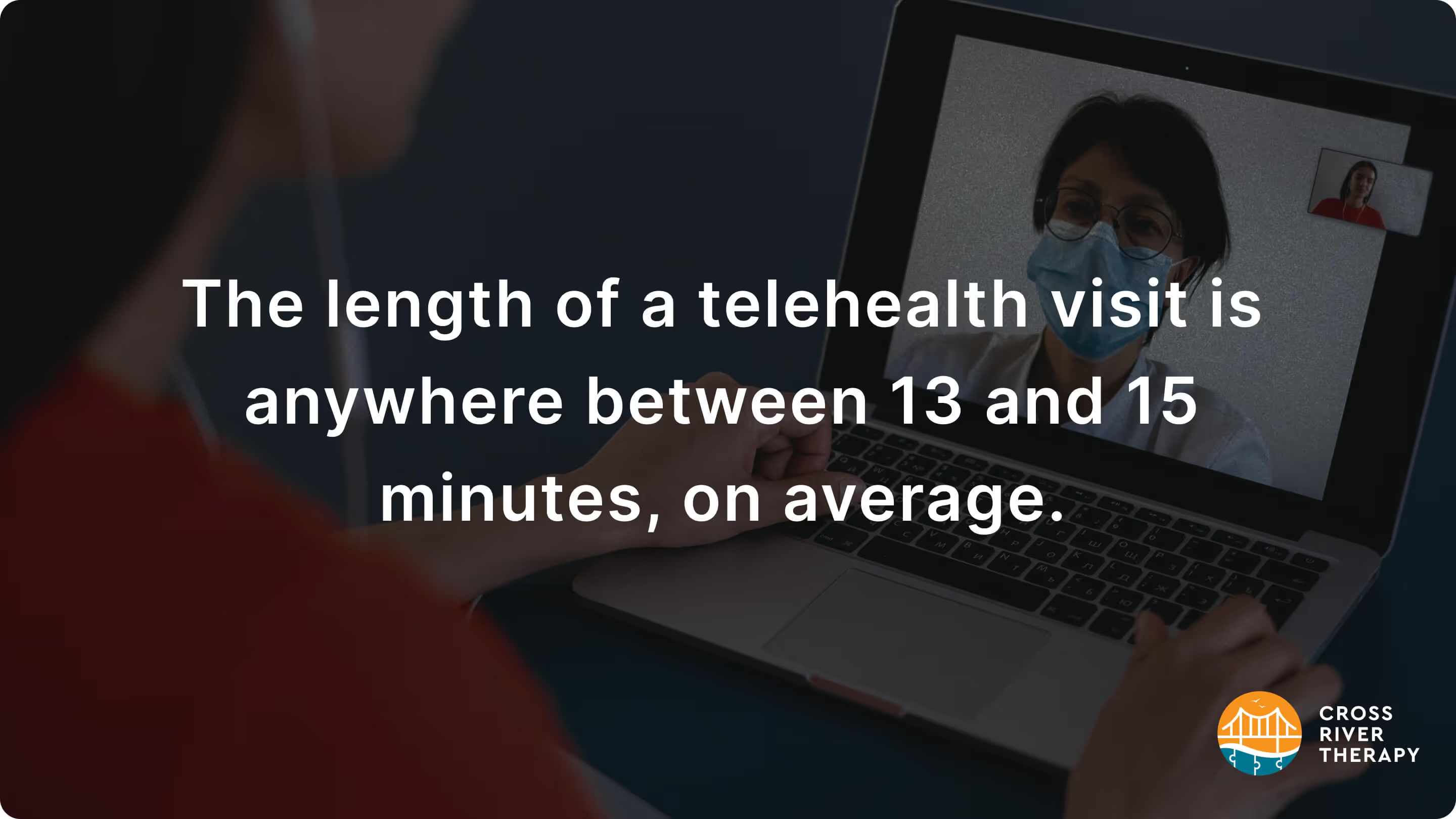
References
- https://aspe.hhs.gov/sites/default/files/documents/4e1853c0b4885112b2994680a58af9ed/telehealth-hps-ib.pdf
- https://www.aha.org/factsheet/telehealth
- https://www.cdc.gov/nchs/products/databriefs/db445.htm
- https://www.singlecare.com/blog/news/telehealth-statistics/
- https://hbr.org/2022/05/the-telehealth-era-is-just-beginning
- https://storm3.com/storm3-voice/intel-bites/top-telehealth-trends-and-statistics-in-2022/
Recent News
Related articles
.avif)
100+ YouTube Statistics, Facts & Demographics
In 2023, YouTube has over 2.5 billion monthly active users.

39 Teacher Statistics And Demographics
Find the most up-to-date teacher demographics and statistics that'll surprise you.
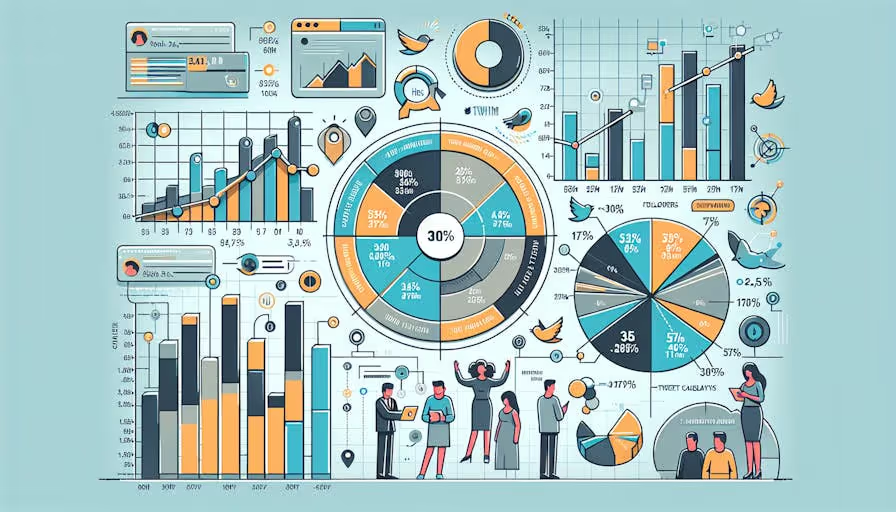
Twitter Statistics for Social Media Enthusiasts [2024]
Explore compelling twitter statistics, user demographics, content engagement, and future predictions.
.avif)
89 TikTok Statistics, Facts & User Demographics
New TikTok statistics show that TikTok has quickly become one of the most popular social media platforms, with users spending an average of 52 minutes per day scrolling through videos.

Key Tinder Statistics You Need to Know
Dive into the world of Tinder statistics - revealing insights on user demographics, engagement, and global trends.
.avif)
49 Telehealth Statistics & Telemedicine Trends
Telehealth statistics show that the use of virtual care is 38 times higher than before the COVID-19 pandemic.

Teacher Salary By State: Highest-Paid Teachers By State
Today we'll breakdown a teacher's salary by state, as well as the highest-paid teachers by state.

121 Social Media Addiction Statistics Worldwide
Did you know that around 70% of teens and young adults in the US have a social media addiction?

57 Scholarship Statistics, Facts & Demographics
Did you know over 1.7 million scholarships are awarded annually? Keep reading to find more scholarship statistics.

Average Screen Time Statistics & Facts (Usage)
Did you know people spend 6 hours 58 minutes on screens everyday? Find more screen time statistics below.
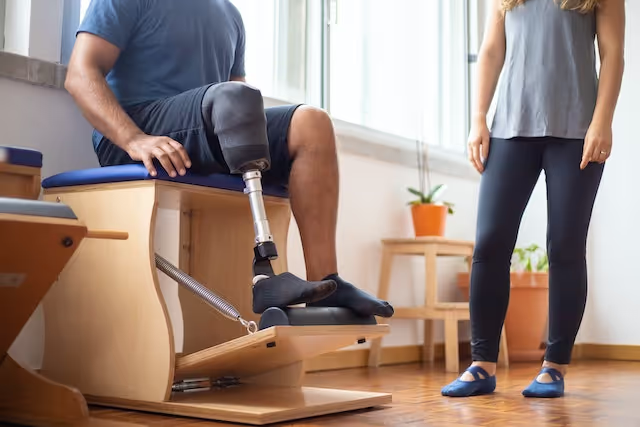
59 Physical Therapy Statistics, Facts & Demographics
There are 578,565 people employed in the physical therapy industry in the US as of 2022. Find more physical therapy statistics and facts below.
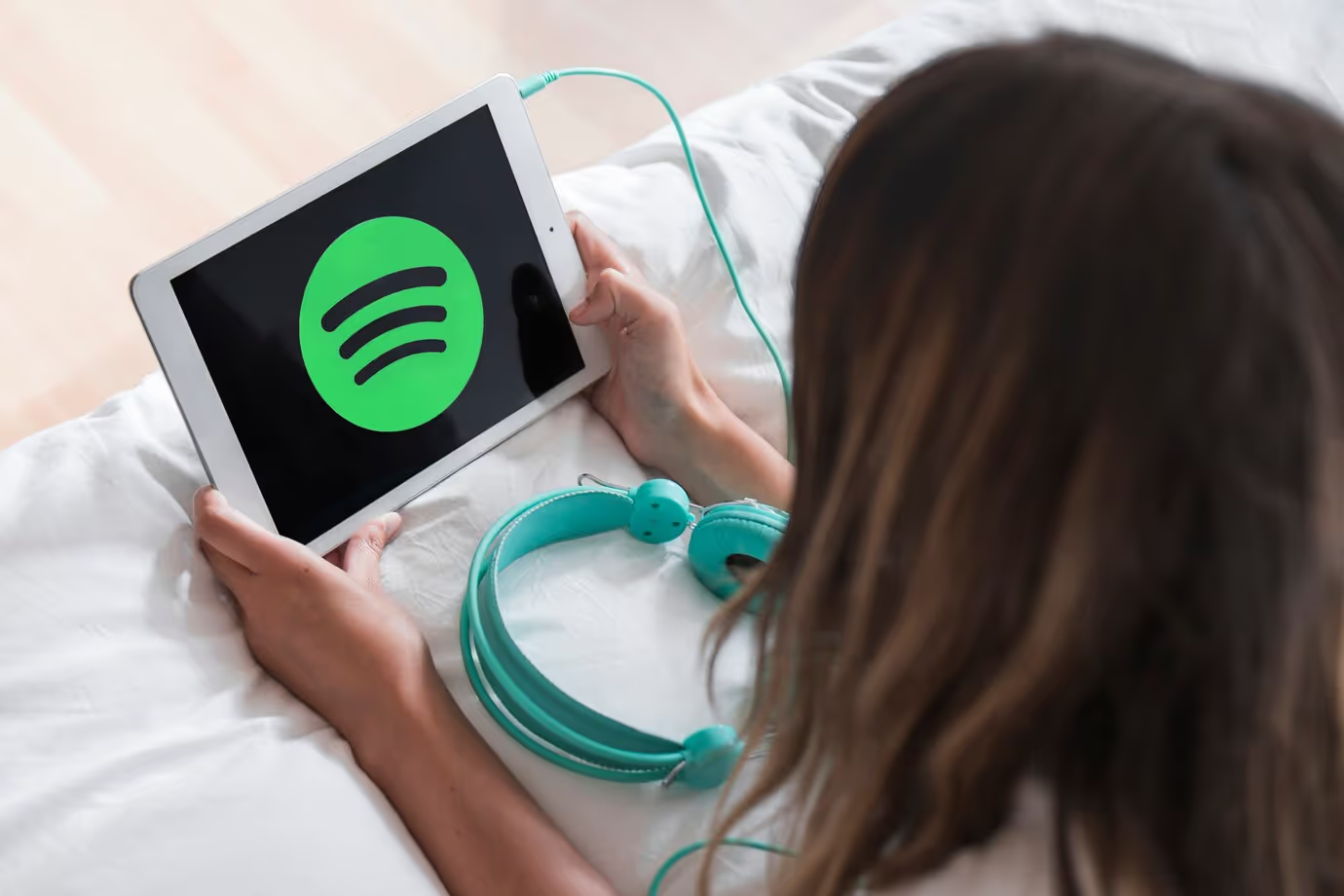
Spotify Statistics: 79+ Intriguing Consumption Statistics in Music
Dive into the evolution of music with intriguing Spotify statistics; from user engagement to financial performance.

